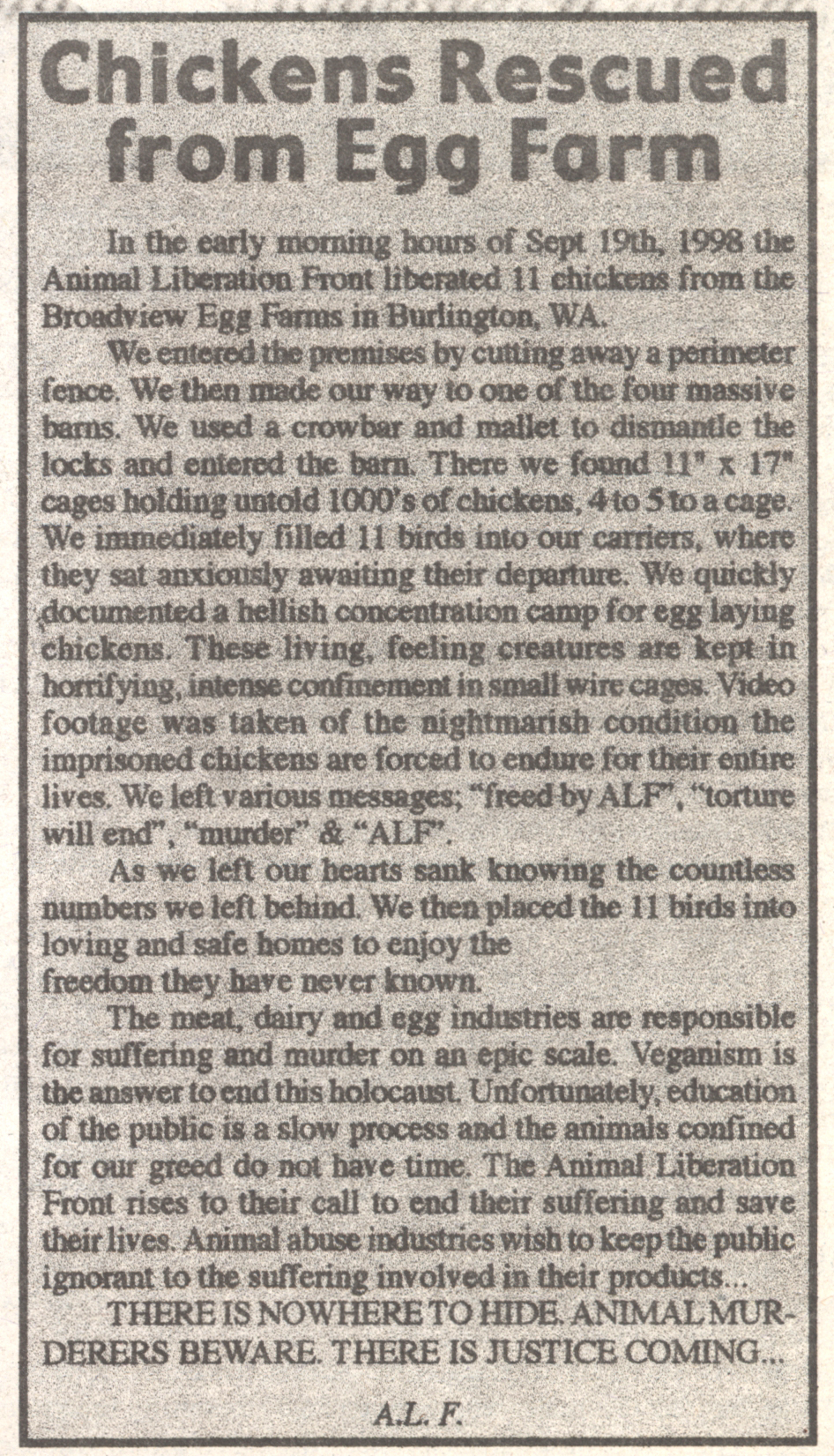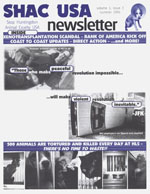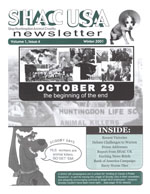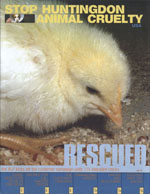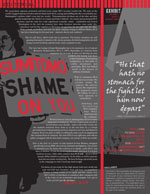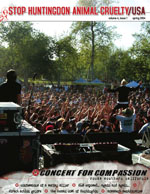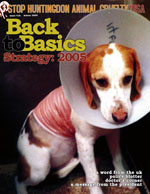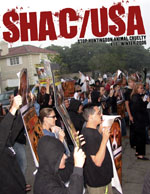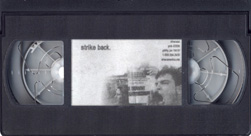Heart of the Matter: South East Animal Liberation League
Heart of the Matter: South East Animal Liberation League (1984. London, England)
Recently the South London Flying Column YouTube channel has been posting video of old news coverage of animal rights related direct action. There are many, many gems on there, but we were particularly enamored of this piece, a 20 minute episode of the program Heart of the Matter. Besides containing never before seen footage of raids carried out by SEALL, it also contains unbelievable footage of an unmasked ALF planning session! And if you find yourself disliking the SEALL spokesperson, it’s okay. He didn’t actually turn out all that well…

